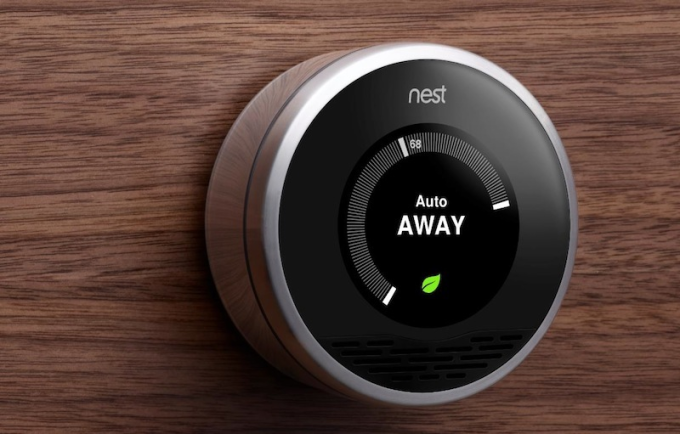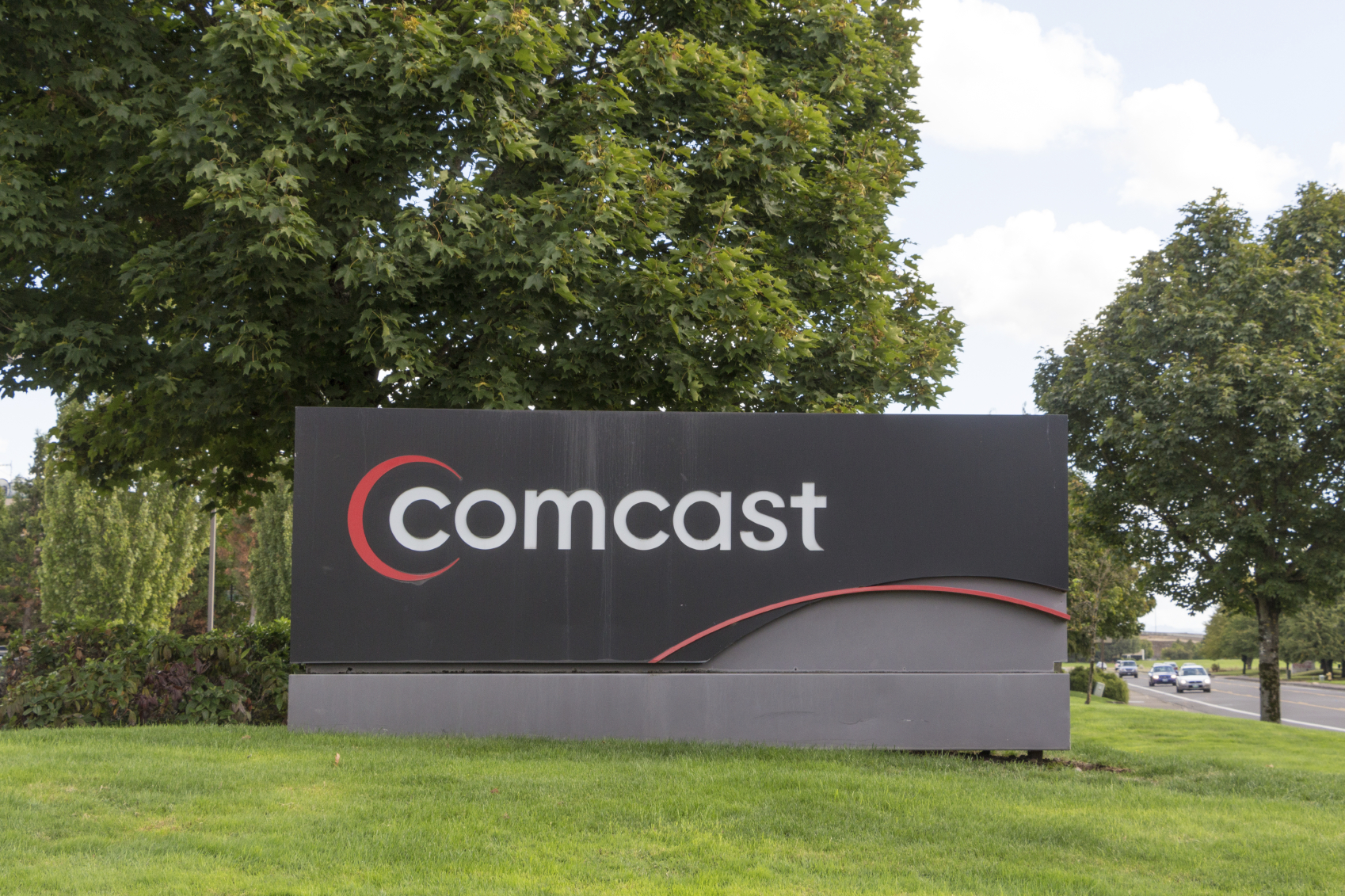What Happened
Earlier today, Google’s Nest Labs introduced a new device-to-device communications protocol called Nest Weave for its low-energy IoT protocol Thread, which was first announced in July. Initial launch partners include P&G, GE, Hunter Douglas, Philips Hue, iHome, and Lutron Electronics. Nest Weave, which can work without Wi-Fi, is a proprietary application protocol that Nest has been using within its own products. Now with this expansion, Nest Weave will use Thread to allow third-party devices to communicate with Nest products.
What Brands Need To Do
By extending the reach of its Nest devices to third-party devices, Google is looking to take the lead in the nascent market of connected home devices and create a holistic ecosystem that plays by its rules. Recently, some new connected home devices, exemplified by Amazon’s Echo, signal the vast possibility for brand integration in the smart home space. Therefore, brands looking to reach consumers at home should take advantage of this new IoT communication protocol, and start learning how to navigate a more unified and interoperable experience within the connected home.
Header image credit: promotional image from Nest
Source: VentureBeat


